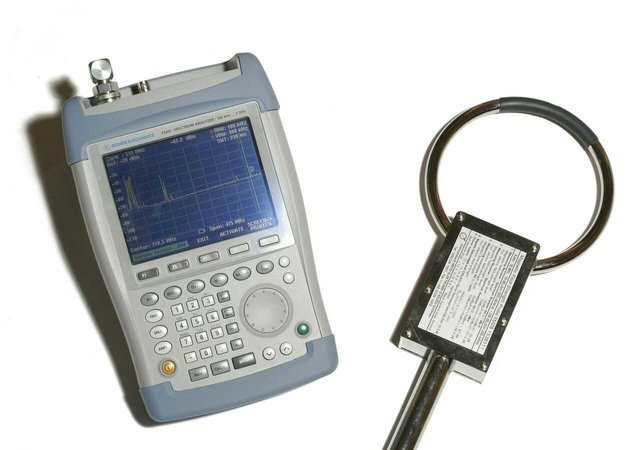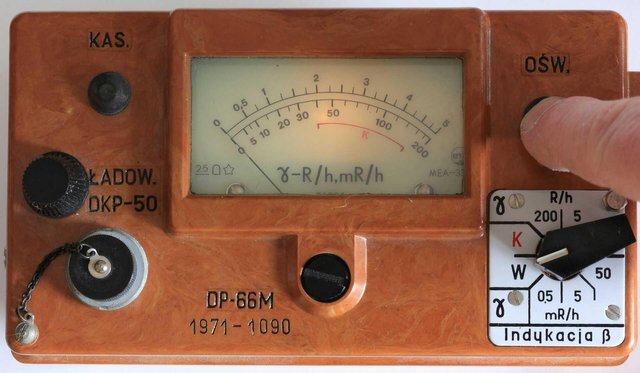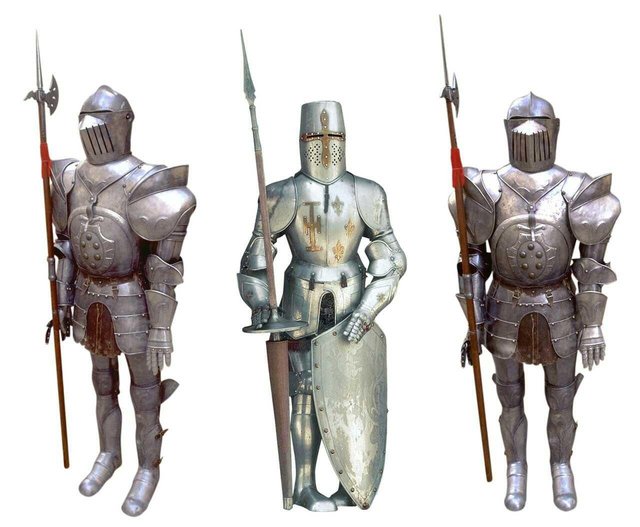Nuclear Science (Part:4).
INTRODUCTION:
Nuclear Science is the study of the world of atoms, the term "nuclear" meaning ‘of or relating to or constituting the nucleus of an atom’. The field of particle physics evolved out of nuclear physics. Nuclear science studies how energy is released by the nuclei of atoms when they undergo certain changes, and nuclear technology is concerned with the applications of the findings to various fields— such as agriculture, industry, medicine, etc.
Measurement of Radiation and Protection against Radiation:-

source
Evidence suggests that unless radiation exposure reaches about ten(10) times the normal background level, human do not suffer harm from radiation. It even appears that radiation af or near the normal background level may be beneficial to, and even necessary for life. For low levels of radiation exposure , the biological effects are too small to be detected, and the body's natural repair mechanisms often repair any damage to the cells before any effect is felt or detected.
There is no available data to establish the occurrence of cancer following exposure to low doses of radiation. The effects of radiation over 50,000 mrem can range from mild gastrointestinal problems ( such as nauses and vomiting) to changes in the blood, and even damage to the central nervous system. High levels radiation does have caused cancers (Leukemia, breast, ovarian, pancreatic, etc) and led to death.
It is difficult to detect the non-ionising radiation or low-energy waves of the electromagnetic spectrum (radio waves or microwaves), The existance of antennas, satellite dishes, or radio towers, listening to radio, watching television, using cell services or wireless internet, Bluetooth, wireless mouse ot keyboard all expose one to non-ionising radiation. To measure the quantity of rafio/microwaves an electromagnetic field (EMF) meter is used. As far as antennas are concerned, generally, shorter the antenna, the more energised tge waves. Ionising radiation can be measured precisely. One of the basic measuring instruments is Geiger-Muller counter.

source
This instrument counts the number of radioactive particles entering a sensitive detection chamber, and translates that signal into a needle movement on an analog dial or a value displayed on a screen. The Geiger counter emits a click for every particle, so with only background radiation, the instrument clicks every few seconds. In a high radiation environment, it clicks rapidly in proportion to the radiation level. Thus a visible as well as an audiable measurement of radioactivity is made available.
There are some employments in which people are exposed to radiation. Usually, the amount of radiation a worker is exposed to is carefully monitored to ensure that such exposure's are kept as low as reasonably achievable. Personal dosimeters are useful for this purpose, which allow the workers to view their own radiation dose instantly by looking at a small scale magnified by the instrument.

source
General guidelines for controlling exposure to ionizing radiation involve minimising exposure time, maximising distance from the rafiation source, and sheilding oneself from the source of radiation. The amount of radiation exposure increases and decreases with the time people spend near the source of radiation. The farther away people arae from a radiation source, the less their exposure. Doubling the distance from a point source of radiation decreases the exposure rate to 1/4 the original exposure rate. The safe diatance to avoid high exposure depends on the energy of the radiation and the size (or activity) of the source. In the matter of gamma rays, distance is a prime concern, as these rays travel at the speed of light. Sheilding involves placing an 'absorber' between the radiation source and the receiving person.

source
An absorber is a material that reduces radiation from the radiation source. Alpha, beta, gamma radiation can all be stopped by different thickness of absorbers. Barrels, boards, vehicles, buildings, gravel, water, and lead can all act as shielding material. A thin piece of paper, or even the dead cells in the outer layer of human skin provides adequate shielding in the case of alpha particles because these particles cannot penetrate it. Additional covering, for example heavy clothing, in necessary to protect against beta-emitters. Some beta particles can penetrate and burn the skin. Protection from gamma rays demands thick, dense shielding. The higher the energy of the gamma rays, the thicker the shield must be. A similar problem is posed by X-rays. Clothing and turnout gear provide Little protection from penetrating gamma radiation is provided by clothing and turnout gear, but contamination of the skin by radioactive materials will be prevented.

I used to work with gamma rays so this is right up my alley.
Indeed nuclear radiation is really dangerous because there are so little things we have to detect it. In actuality, the person who discovered the first nuclear radiation elements (Marie Curie) die of cancer because of radiation poison.
Now we know we have to protect ourselves as you said with blocking or absorbing agents like metals such as led or in some cases water which can stop some of these radiations by causing chemical reactions of decomposition in hydrogen and oxygen.
Thank you for posting this, and make people aware and know more about nuclear radiation.
Nice to see that you are working with gamma rays.
@rogueofoz